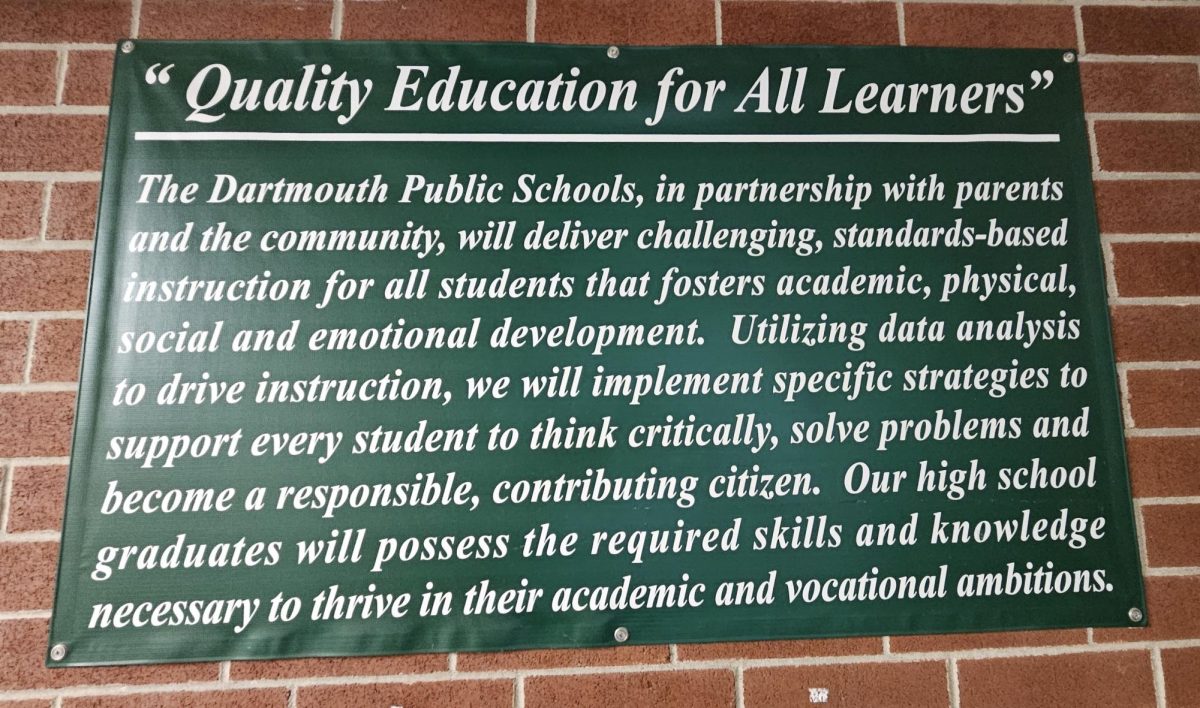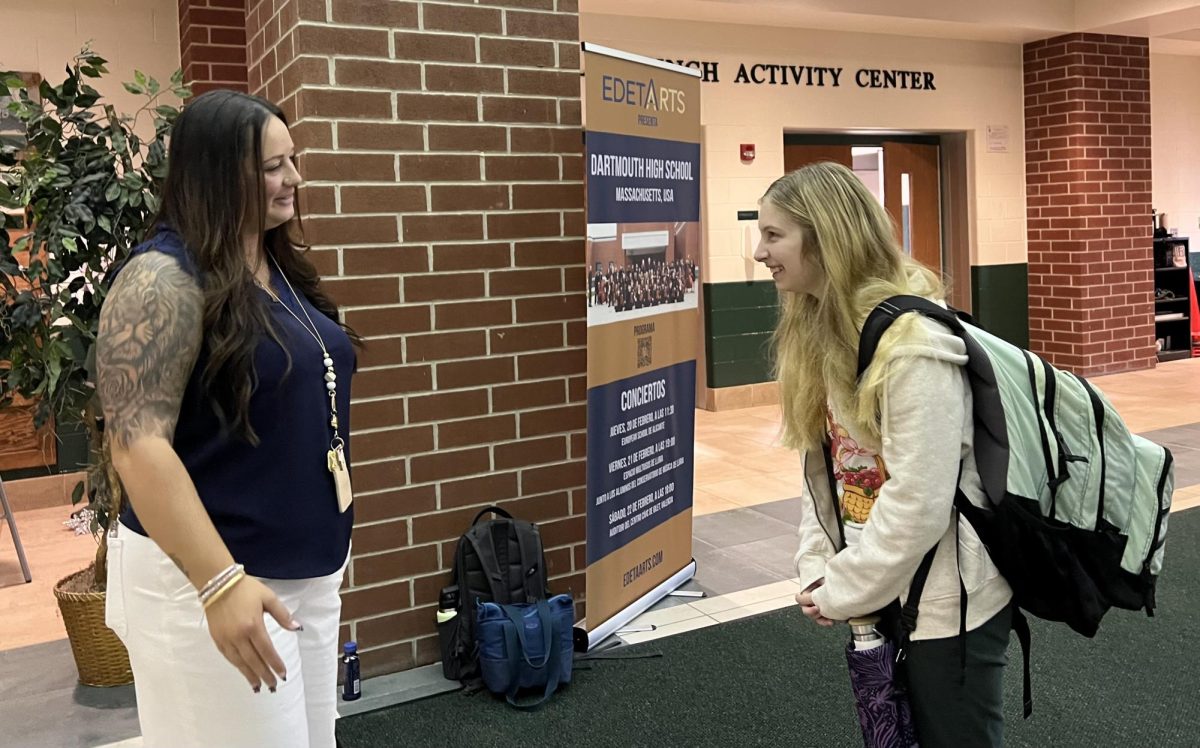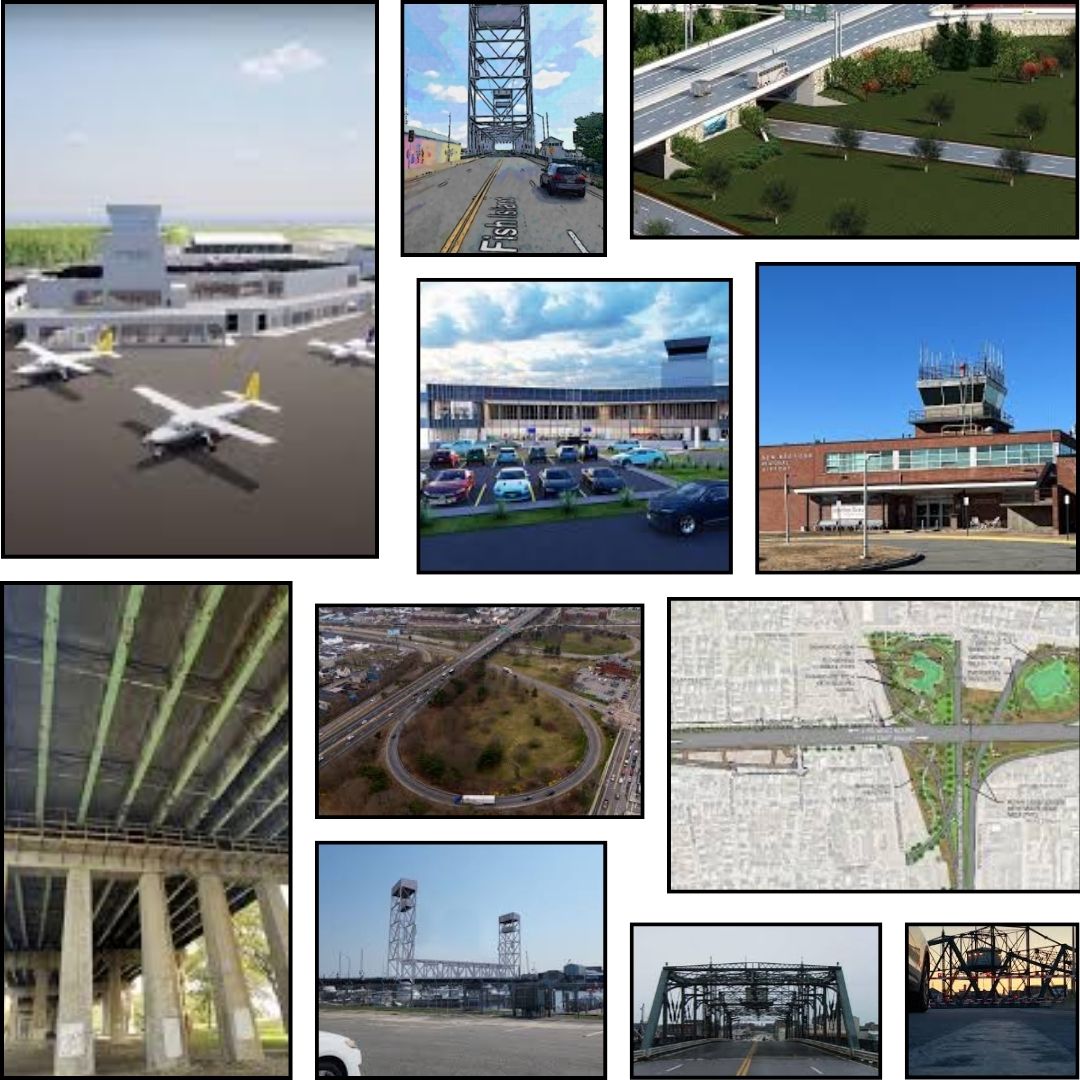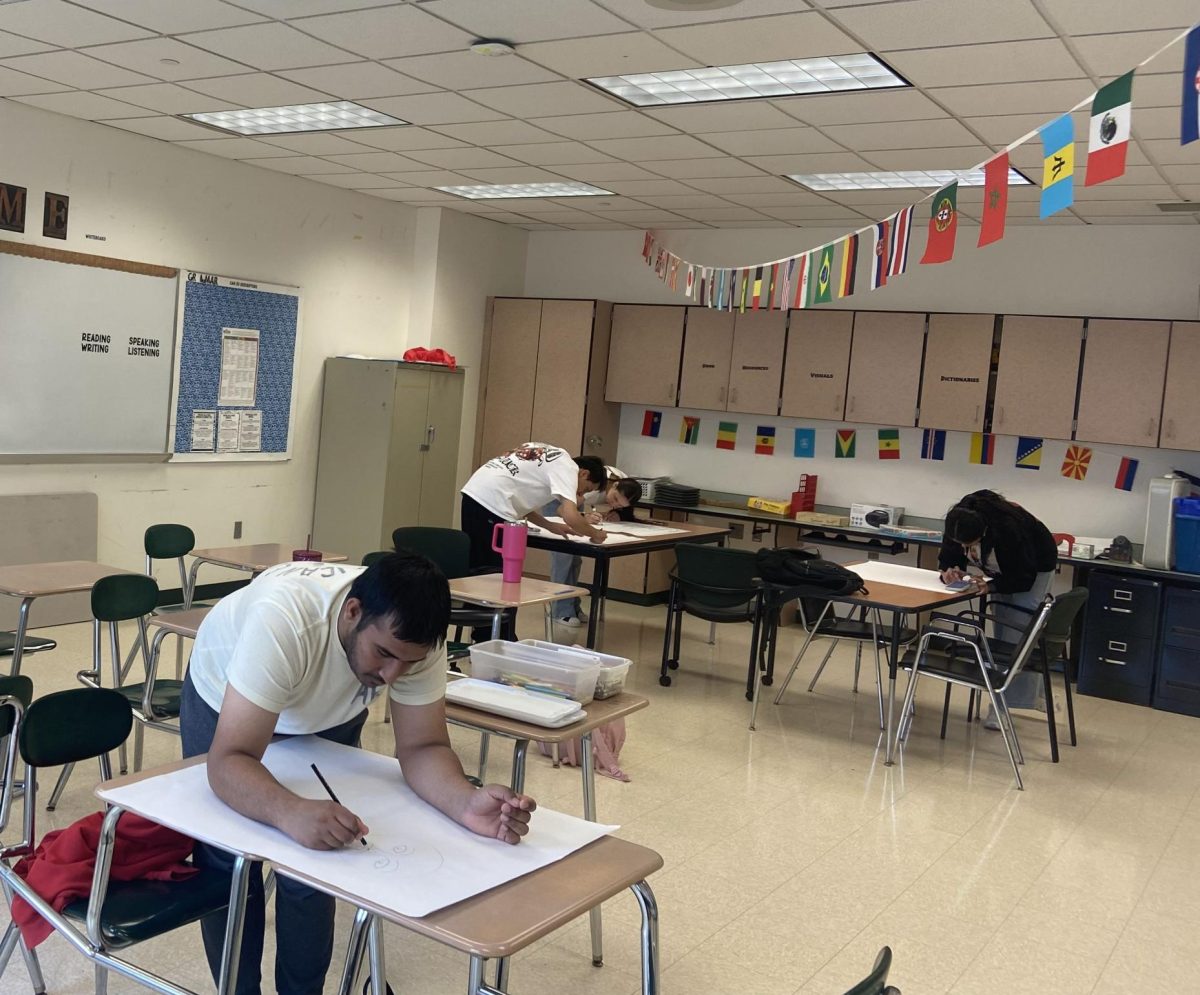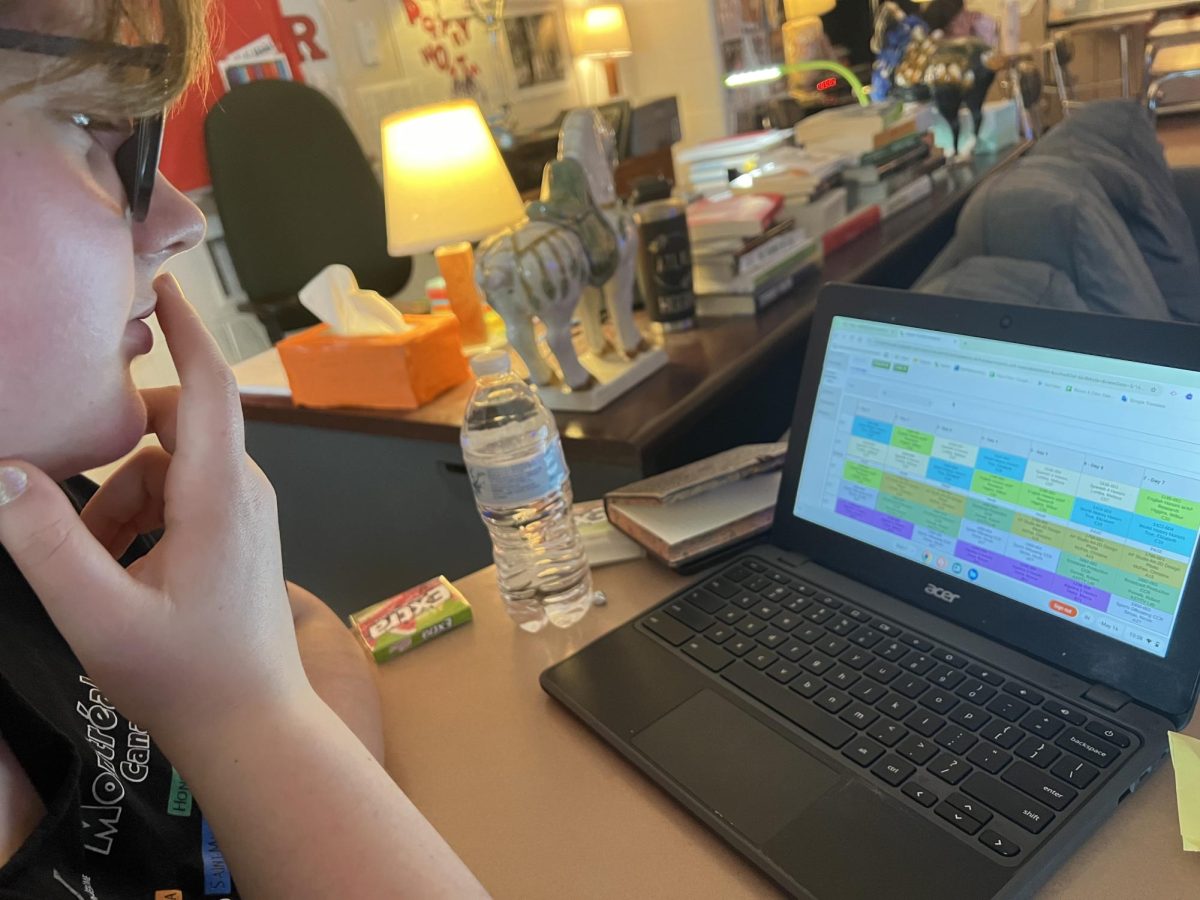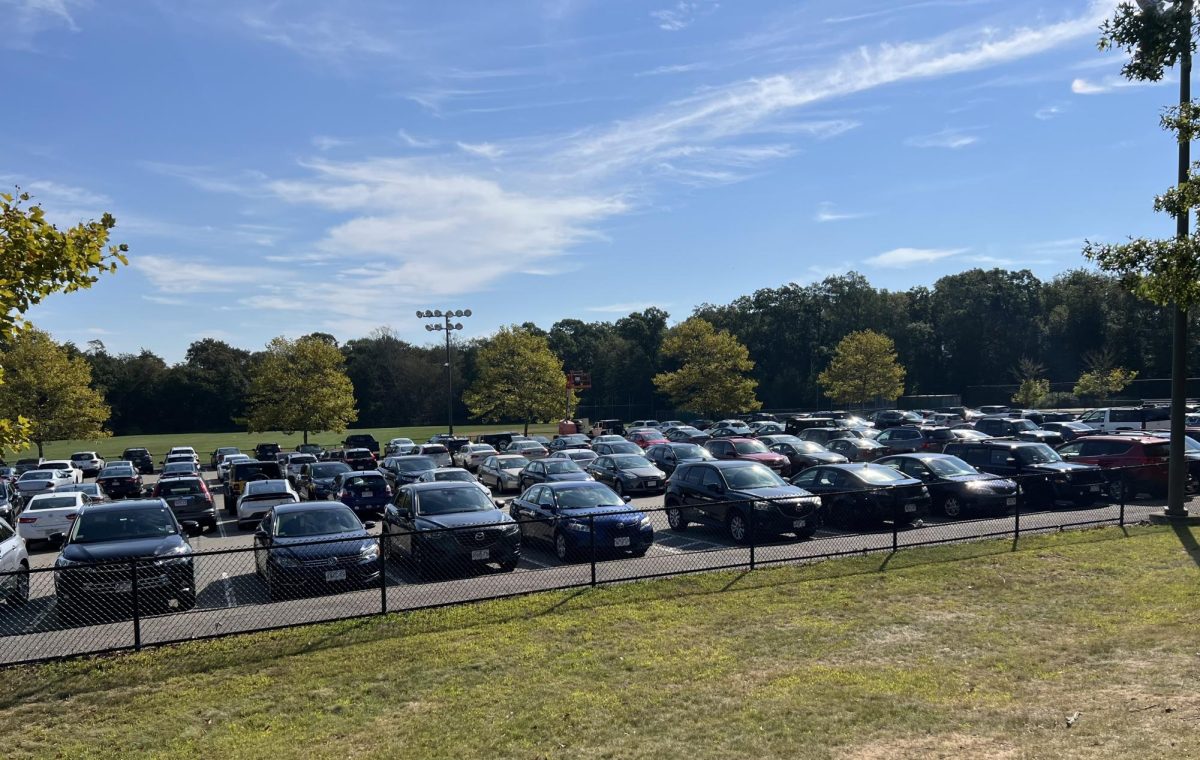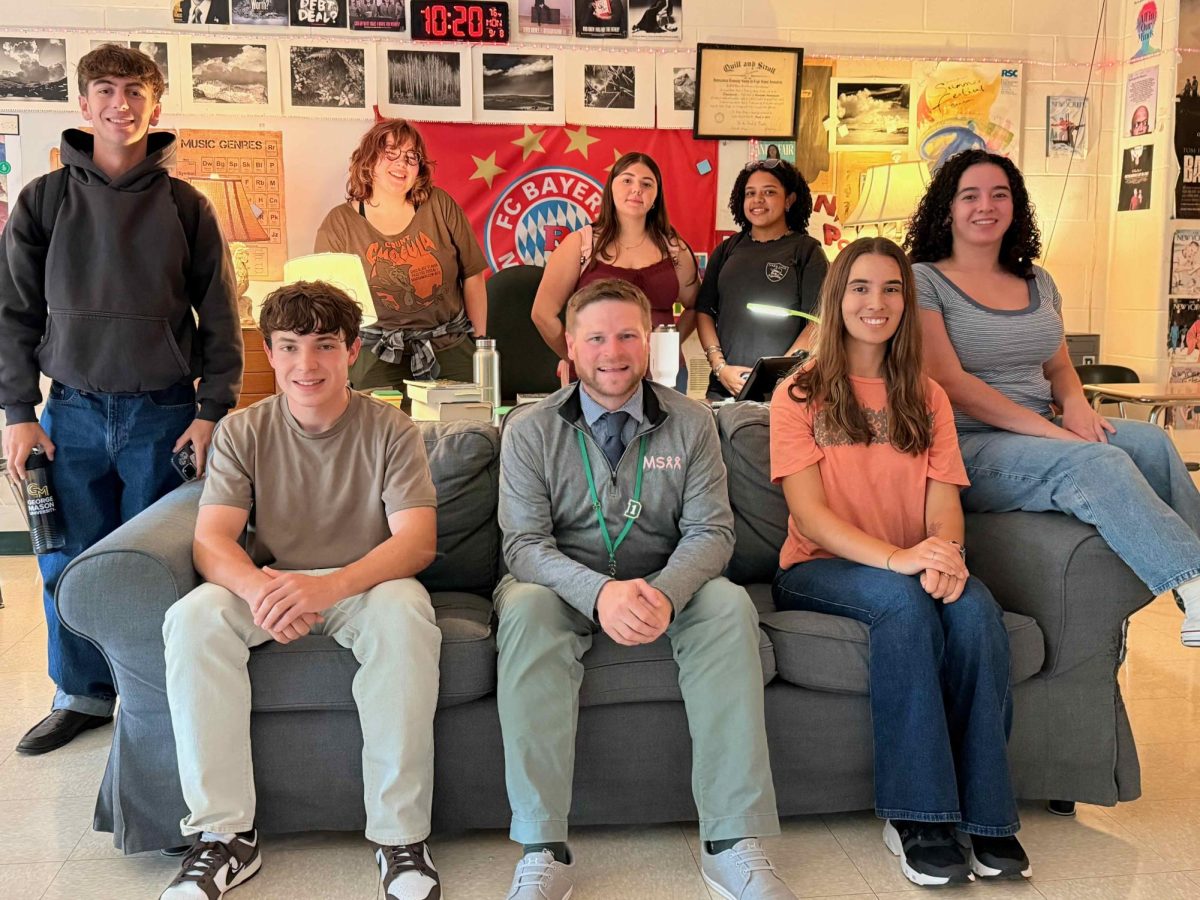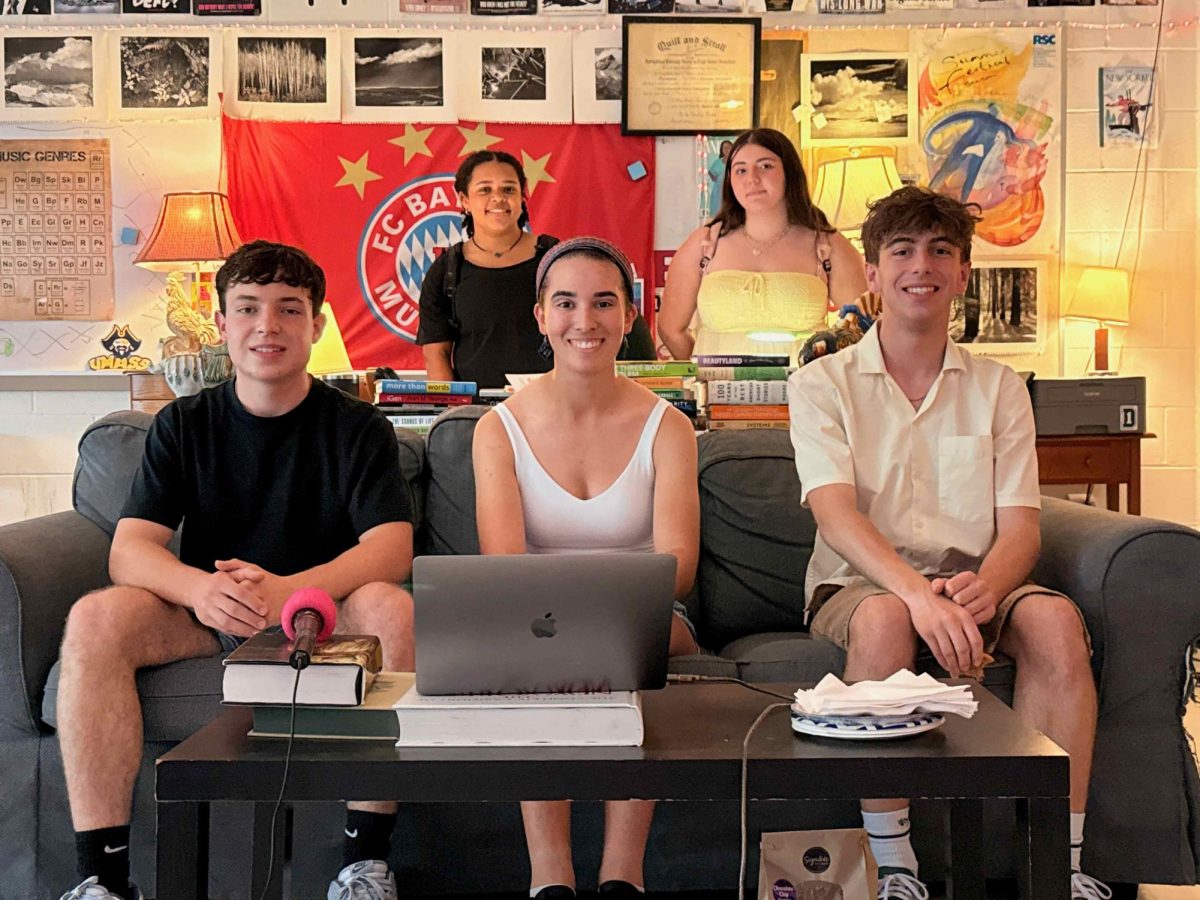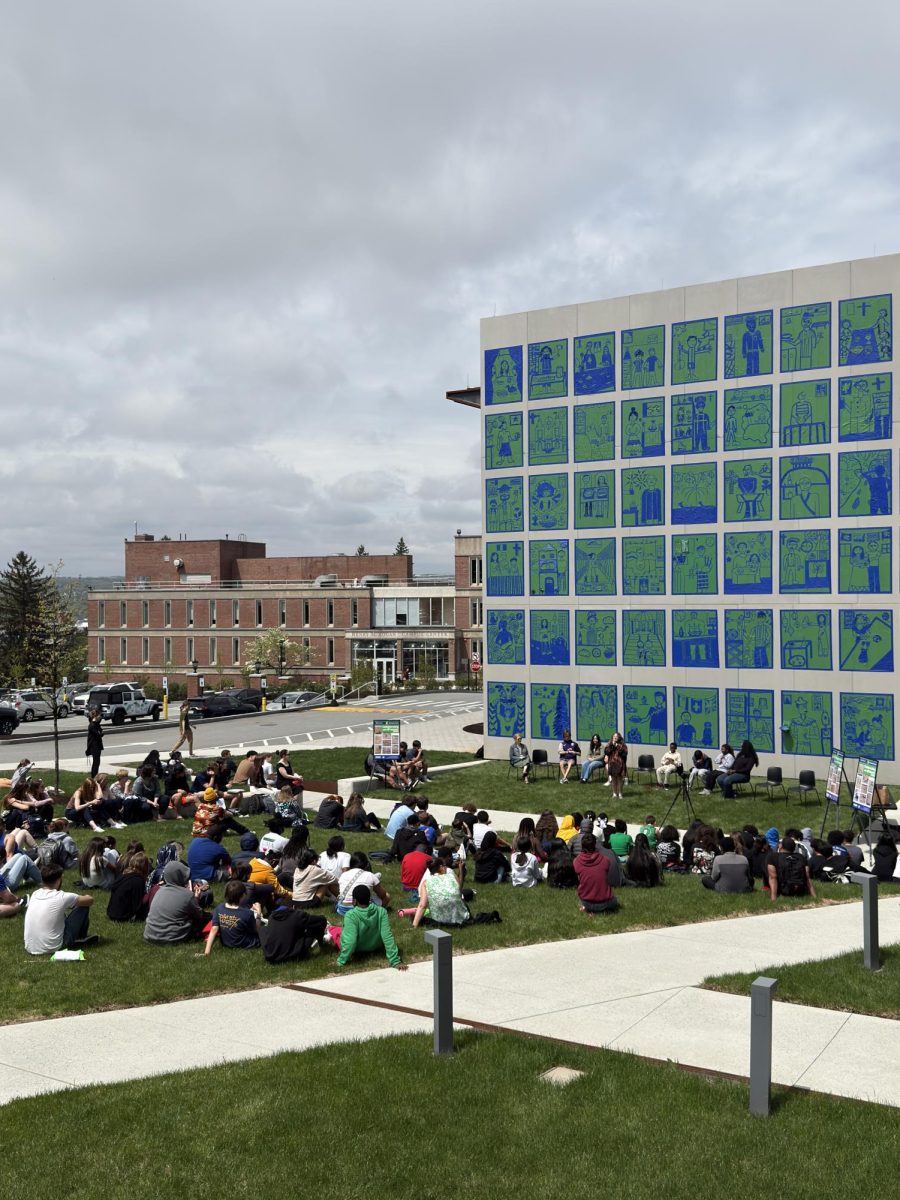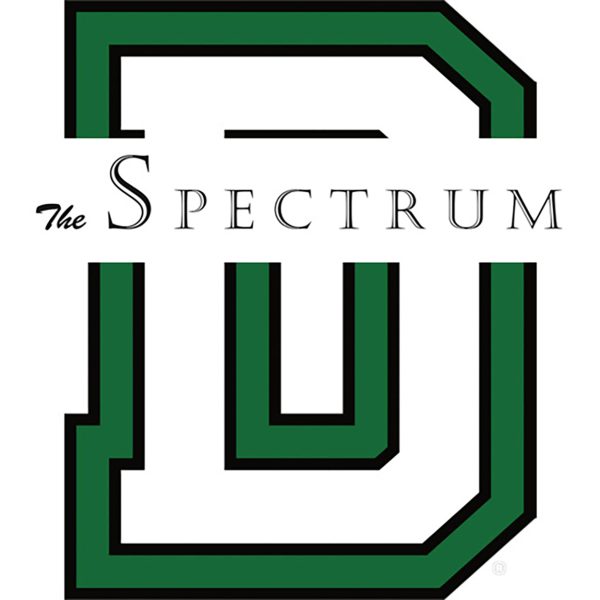In order for the Dartmouth Public School system (DPS) to cohesively operate, the superintendent and school committee put a district-wide strategic plan in place. The plan identifies the goals of the school district and lays out strategies to achieve them over a period of a few years. However, as time passes by, the needs of the DPS community changes, which means that the plan must be updated to accommodate these constantly evolving goals.
As the previous strategic plan begins to fade out, a brand new plan was presented to the public during a presentation at DHS on October 23. The new plan, which was constructed with the help from a team of 37 people representing a wide range of interests (including students, teachers, administrators, and committee members) is expected to be in place until 2029. It was cohesively broken down into four key focus areas. What do these focus areas mean, and how will the district work to properly achieve them?
Focus Area 1: Teaching and Learning
The first focus area of the plan focuses on something that is quintessential for any educational institution: the proper teaching of students and staff alike to ensure a thriving classroom environment. What will this look like?
For students, there were two key initiatives laid out by the plan: the proper implementation of a horizontally and vertically aligned curriculum for PreK-12 students.
A horizontally aligned curriculum means that all students in a certain grade, regardless of what elementary school they attend or what teacher they have for a certain grade/class, will have a similar educational experience to each other based on a standardized set of classroom materials and a core curriculum.
On the other hand, a vertically aligned curriculum means that, as students grow up and enroll in higher and higher grades, the curriculum will be cohesive and will comprehensively build off previous years. The district hopes to enforce this by creating a team that, in collaboration with educators and Superintendent Dr. June Saba-Maguire, will publish and periodically revise a curriculum that contains the necessary materials for DPS educators to achieve and align with these new standards. The designers of the strategic plan also hope this curriculum will be available on the Dartmouth Schools website for anybody to view.
These new goals for the curriculum will ensure greater educational consistency across the district, as well as provide more transparency to parents, students, and anybody else who wishes to stay informed about what DPS students are learning.
Focus Area 2: Safe and Supportive Schools
As students navigate their time in school, it’s important they find themselves in a welcoming environment that is prepared to support them in any way that it can. How does Focus Area 2 plan on doing this?
This part of the plan can best be summed up in one word: equality. All of the initiatives in this area hope to increase equality across student experiences and academic/extracurricular opportunities. It also seeks to ensure that every individual school in the Dartmouth school system receives an equal amount of resources. As the Director of Student Services Laurie Dionisio said, “Are we a school system instead of a system of schools?” Or, in simpler terms, does DPS truly live up to the principle of One Dartmouth, or do we remain profoundly separated as a school system?
Some of the specific goals outlined include adopting emotionally, socially, culturally, and intellectually affirming practices, expanding extracurricular programs to be more widely offered at all levels, and aligning safety practices across the entire district. The plan to achieve these goals includes expanding collaboration between different schools (such as having 8th graders go to the high school to work with the DHSTV media team), analyzing the staff at every school to assess where support is required, and providing more before and after school opportunities for elementary students.
As these new initiatives begin to take place, the hope is that all students enrolled in the school system will have equal opportunity across all fields, and that adequate resources are available in case they ever need support.
Focus Area 3: Family and Community Engagement
For any school, communication is vital between all involved parties to ensure success both in and out of the classroom. Focus Area 3 aims to improve this key aspect of DPS. How will this be accomplished?
Focus Area 3’s key initiatives include implementing a district-wide communication plan that allows families to become more involved in their student’s educational processes. It also increases opportunities for people to communicate with the DPS system. These initiatives sound vague, but it means that there is a lot of flexibility in how these goals can be accomplished, some of which have already begun to be implemented.
For starters, the district hopes to annually administer a Family and Community Engagement Survey that will identify preferred methods of communication between parents and the school district. In addition, the district plans to hold more public meetings for people to attend and voice their concerns directly to district officials, as well as privately communicate with the police/fire departments, stakeholders, and families about important matters. This is already being seen with the introduction of ParentSquare, a new app that allows parents to get constant updates directly from school faculty and staff about what’s going on in their child’s learning environment.
Overall, these new implementations will ensure a higher degree of communication between all different parties involved in the district, from teachers, to parents, to students. This will strengthen the overall trust between all who are vital in providing students with a quality education.
Focus Area 4: Budget and Capital Improvements
In order to successfully implement many of the initiatives listed out in the strategic plan, the district’s budget and allocation of funds need to be properly used. How does Focus Area 4 plan on doing this?
The initiatives of this area are simple: communicating and advocating both the operational and capital/facility improvement needs of the district to ensure that there aren’t any major budgetary crises within the district, and that any necessary projects that require funding can be completed.
The way the plan outlines the methods to achieve these goals is also simple. Plans for action in this area include ensuring proper communication between the various school/town committees that are involved in the planning of the district budget, as well as creating a short-term, 10-year plan that outlines the immediate needs of the district whilst a more permanent capital improvements plan is being developed. This can already be seen in the recent renovations to DHS over the summer. The LMC was re-furnished and general technology upgrades took place throughout the school. This means that important facility improvements are already being focused on and being carefully considered in the context of the broader district monetary policy. These steps of action can ultimately work to both prevent major financial problems within the district and ensure that the strategic plan as a whole can be smoothly implemented in due time.
Over the next five years, the new strategic plan will work to make wide improvements to the diverse needs and desires of the DPS system, as well as the various processes that are in place to ensure a thriving school experience for all students, faculty, and staff. As more of the plan begins to be implemented, Dartmouth Schools can hope for a brighter, more cohesive future for all who are involved in the complex educational environments that populate the schools.

